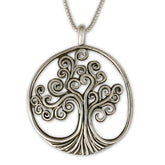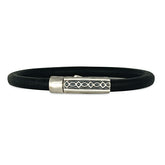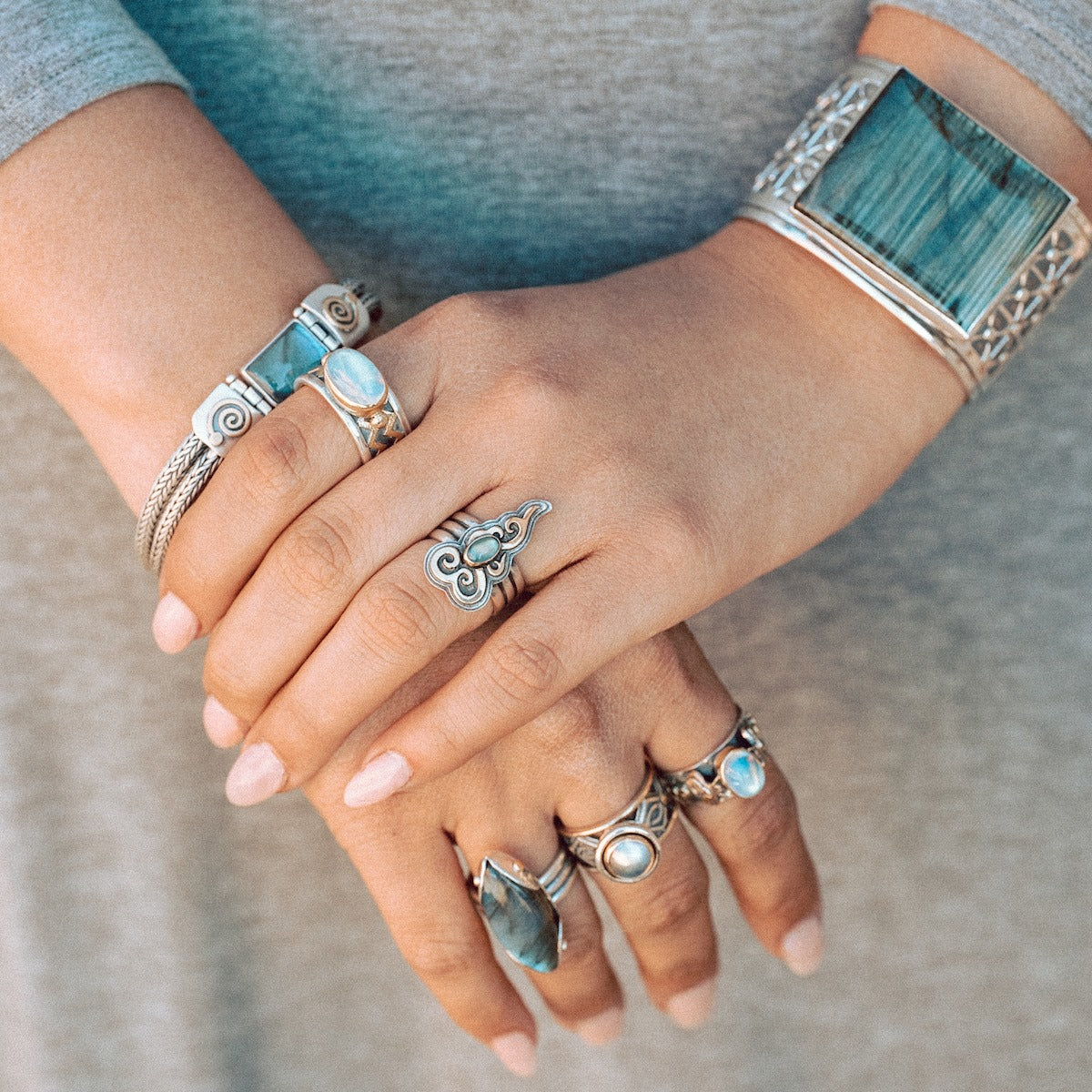The Irish Wedding Tradition of the Lucky Horse Shoe
On the day of the wedding, it is not uncommon among Celtic brides to sow a horseshoe into the hem of a dress. Grandmother did it, and so did her mother. It is said that this act brings good luck. Horseshoes have always been associated with good luck, right? However, the real reason for this custom goes far beyond luck.
It is part of an ancient belief, perhaps tracing as far back as the iron age. No one actually knows when precisely the horseshoe was invented. Some historian suggested it was invented during the iron age, perhaps in a Celtic tribal setting. Later, Rome adopted the practice of shoeing horses. However, some evidence does not quite support that theory. No early examples of horseshoes exist. As far as can be determined, the horseshoe became common somewhere between the 5th and 9th century AD.
The use of the horseshoe was probably driven more by war more than anything else. The Celts were some of the first warriors who utilized the secrets of iron in their weaponry. Master metal workers, the Celtic smiths knew how to work iron to great benefit. Pounding out this hard material they were able to make some of the most advanced weaponry as well as the strongest carts and chariots. By encasing the wheel in a sheath of iron, the Celtic war chariot became one of the most formidable tools in a Celtic warrior’s arsenal.
Yet, even for all this, there was another even more important use for iron. Iron is the very blood of the Earth itself, according to folk belief. Iron has always had quite the magical significance for the various Celtic tribes on both the Continent and the Isles. It was considered a lucky metal.
But why was iron lucky? Very simply put, according to folk traditions in many tribes, the power of iron was such that spirits who wished to do harm could not cross it. Such beings could be banished or destroyed by Iron’s native properties. Iron became a strong talisman against the forces of evil and destruction. No dark spirit could enter a house so protected without permission from its occupants. Later as more and more Celtic places and peoples converted to Christianity, this belief in the power of iron was transformed into keeping away spirits of the dead, demons, devils and the faery folk of legend.
Many folk beliefs were fostered to included beliefs that a young woman on her wedding day was particularly targeted by these forces of evil and trickery to be cursed, or even waylaid along their journey to the churchyard for their very wedding ceremony. She might wear some jewelry made from iron , but a determined fae might be able to get around these minor protections. So, often a piece of iron was actually sown into the dress itself, making it even harder to be influenced by their trickster ways. Later, after the invention of the horseshoe and its association with luck, it became a natural thing to add into the very dress. And it also helps the dress hang properly.
So, if your grandmother insists there be a horseshoe somewhere in your wedding attire, you will now have a clue why this may be beyond the merely obvious association with luck.







